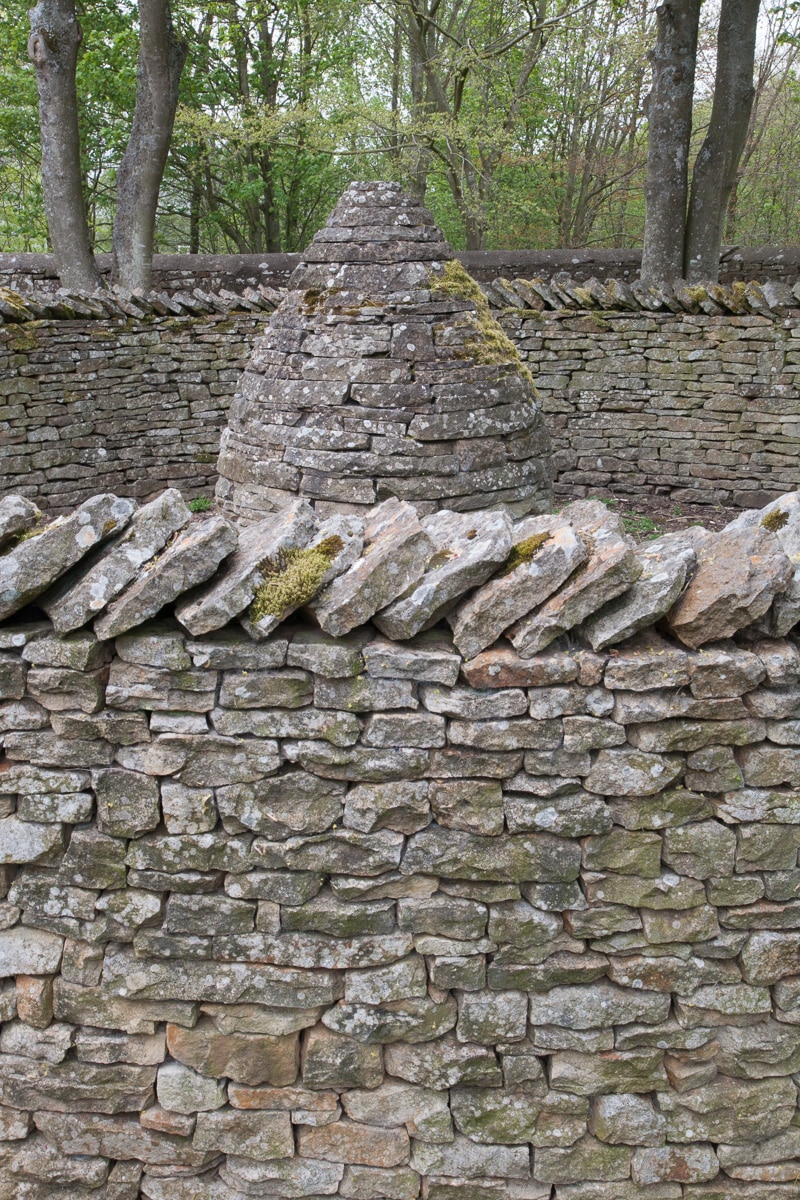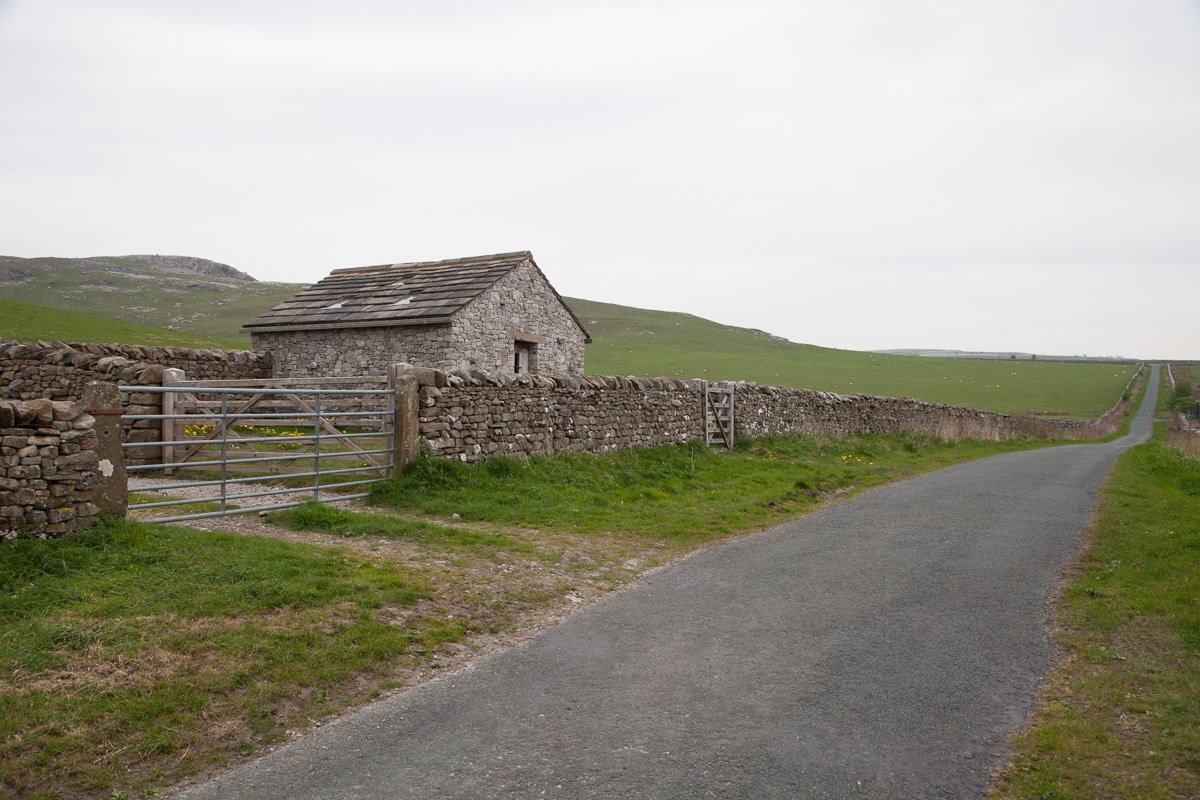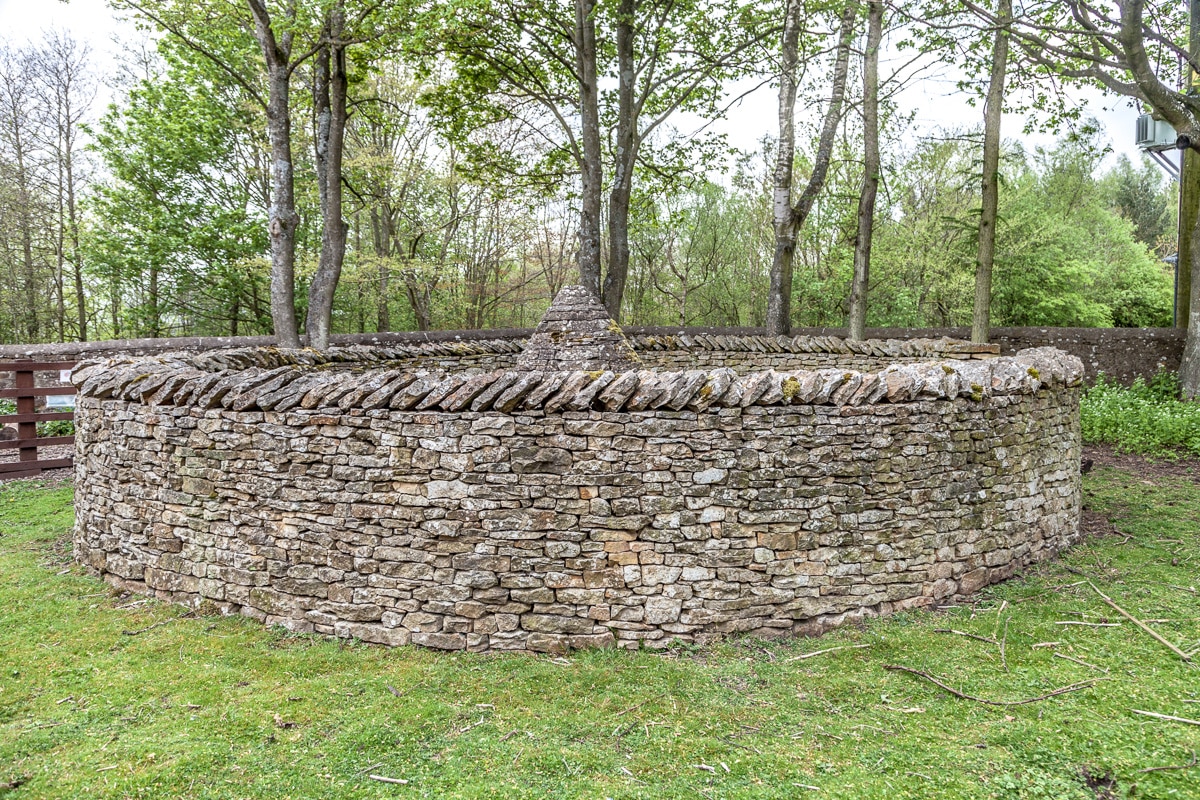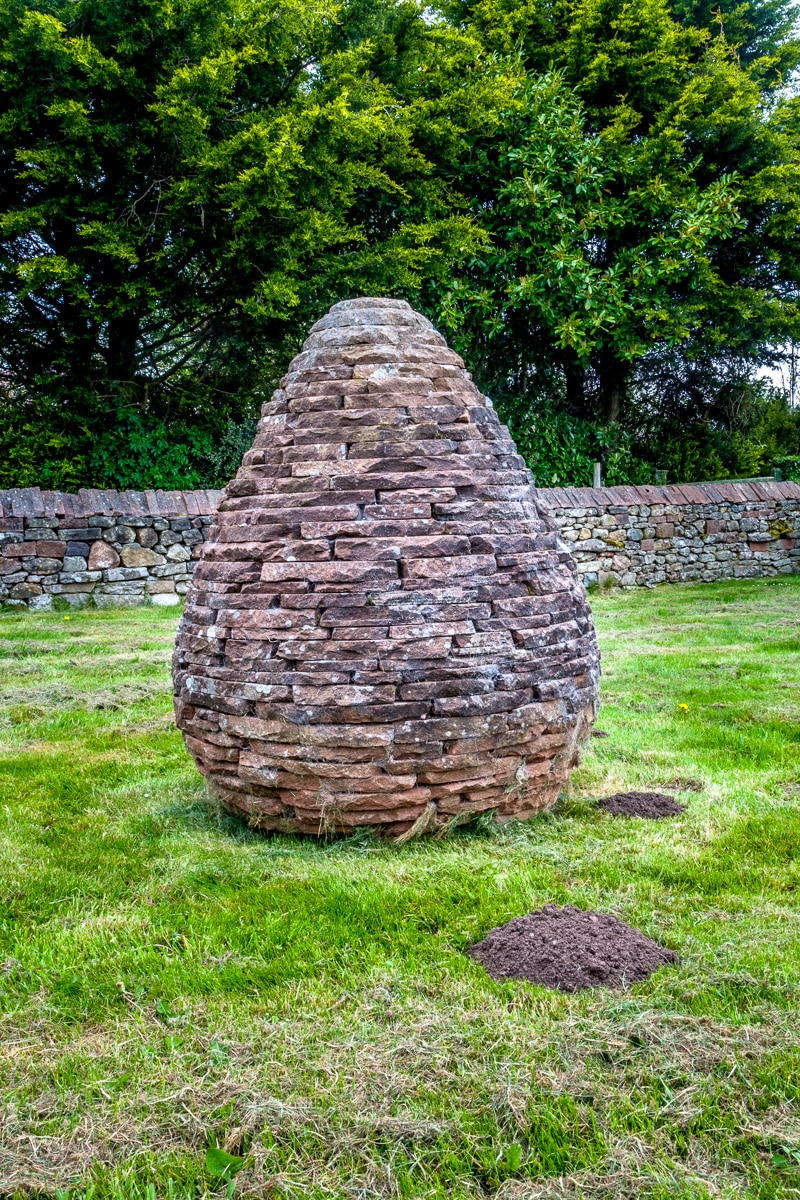 We have been admirers of British sculptor, photographer and environmentalist Andy Goldsworthy’s work for many years. Of all the items we kept for our post-travel life, his art books were carefully packed away for future inspiration.
We have been admirers of British sculptor, photographer and environmentalist Andy Goldsworthy’s work for many years. Of all the items we kept for our post-travel life, his art books were carefully packed away for future inspiration.
His media is nature in all her forms, from ice, mud and leaves, to twigs, stones and trees. Much of his work is ephemeral; it is created with the knowledge and plan for its eventual decay, collapse, and disappearance. Thus his photographs (in his books) are all that remain of many of his works.
It is a rare walk in the woods or among rocks that I’m not reminded of Goldsworthy’s art. I am inspired by his use of nature, its colors, textures, and other qualities to create pieces that both stand out and yet belong to the environment. Equally, I am amazed at the time and patience that is required for his creations.
Even his stone sculptures have a limited lifespan, longer perhaps than an icicle star, but weather and environment will ultimately prevail. Yet until that happens, there are many of his works still around … if you can find them.
 One specific style of sculptures that can be found are Goldsworthy’s stone cairns. Typically they take on the shape of a large pine-cone or an egg – thus, an egg hunt.
One specific style of sculptures that can be found are Goldsworthy’s stone cairns. Typically they take on the shape of a large pine-cone or an egg – thus, an egg hunt.
There are examples of his work throughout the world and in several museums, and several of his works scattered about the English countryside. So, as we made our way towards the English Lake District and back, we took a little bit of information, our maps, GPS and smart phone, and a bit of luck and here’s what we found. Note that the links will take you to a new tab with the location of the piece in Google maps.
The first Goldsworthy was not an egg, but rather a stone arch.
Thornton in Lonsdale Drove Arch Hut and Toby’s Fold
As part of a project, Goldsworthy took a small, red-sandstone arch on a journey along an historic sheep and cattle route. Over a period of 12 days in 1997, he and a colleague constructed, dismantled and reconstructed the arch at 22 locations, 11 of which related to dilapidated sheepfolds (a pen or shelter for sheep). We were trying to locate the arch, now permanently housed in a specially built stone hut near Ingleton in North Yorkshire.
Driving for miles down narrow, curving, stone-wall lined, single-lane roads, the hills were bare except sheep and the occasional tree. We passed a small stone hut before realizing that it was what we were looking for. It was isolated, non-descript, with no signs or markings, and within the structure, behind a locked, iron-bar door, there it was.
Two days later, after a delightful visit to the Lake District, the hunt began in earnest. The route home was chosen to take us near to several other Goldsworthys.
§
This piece was located near the center of the small village of Bolton. Every visit to these sites involved several wrong turns, and often driving past the pinfold before becoming aware of what we had done. Most are unmarked. This one did have a sign next to the entrance.
Brough Community Primary School
 We arrived at this location just prior to school letting out for the day. Parents were waiting just outside the building for their young children and I had a nice chat with a couple of the young mothers about our “egg hunt,” and they were quite amused. The actual sheepfold with its sculpture was on school property and I had to wait for the children to leave, and sign in with the principal before walking to the piece.
We arrived at this location just prior to school letting out for the day. Parents were waiting just outside the building for their young children and I had a nice chat with a couple of the young mothers about our “egg hunt,” and they were quite amused. The actual sheepfold with its sculpture was on school property and I had to wait for the children to leave, and sign in with the principal before walking to the piece.
 Finding this one took several wrong turns, and on such narrow lanes, we had to travel quite a distance before finding a place to turn around. Even with the GPS we were having difficulty locating it. Backtracking through the village, we asked a couple of locals who were barely aware of the sculpture’s existence, but were helpful in assisting us to find it.
Finding this one took several wrong turns, and on such narrow lanes, we had to travel quite a distance before finding a place to turn around. Even with the GPS we were having difficulty locating it. Backtracking through the village, we asked a couple of locals who were barely aware of the sculpture’s existence, but were helpful in assisting us to find it.
There were others in this area, but by now it was getting late, and we needed to head for home.
§
 The next opportunity for Goldsworthy sightings was on a two-night visit to York. On the way we stopped at the Yorkshire Sculpture Park which will be the subject of a future post. It is a large, open-air gallery with many large outdoor sculptures all over the grounds. It contains two Goldsworthy works, Outclosure and Hanging Trees.
The next opportunity for Goldsworthy sightings was on a two-night visit to York. On the way we stopped at the Yorkshire Sculpture Park which will be the subject of a future post. It is a large, open-air gallery with many large outdoor sculptures all over the grounds. It contains two Goldsworthy works, Outclosure and Hanging Trees.  Though finding the park required a bit of navigating and a detour from the direct route to York, it was a fantastic art gallery in a beautiful setting in the Yorkshire countryside.
Though finding the park required a bit of navigating and a detour from the direct route to York, it was a fantastic art gallery in a beautiful setting in the Yorkshire countryside.
Later, when we move to Edinburgh, we will continue our hunt for Goldsworthy’s works, though without a car it may be impossible to see some of the more remote pieces. For his more ephemeral works, there are many photographs that are easy to find. Just look through these selected links:


Di
25 Jul 2016Although they say “a picture paints a 1000 words” that isn’t the case with you; it’s just the beginning. Thank you for all of the added research you do on your journey and sharing it with the rest of us. You inspire me to look beyond what’s right in front of me. Thank you my friend.
Lind
16 Jun 2016Really amazing.
Fae
16 Jun 2016Well when I see the kind of adventures you two do on your travels, going by bus and a tour is only a wee glimpse of the incredible discoveries you locate. I just love all the stories and pictures you have shared with us all. Hope the weather is still good. Loved the wee bit of Scotland I saw, despite it being a bus tour. Stay well. Hugs Fae
Carolyn
15 Jun 2016My kind of adventure….kind of like orienteering! A little navigating. Some wrong turns. The prize at the end. And quirky art to boot!
Lem Howard
15 Jun 2016WOW! Thanks so much, Fooshees, for this amazing artist (and new to me). I’m torn between building a cairn (we’ra at the beach) or cutting off my hands.
But it’s also an encouragement to live in the moment; enjoy it, appreciate it, take at least a mental picture, but realize we can’t cling to it (and it might melt).
The world is so full of beauty, and there are so many wonderfully creative people creating works such as this (or maybe just carefully weeding a garden), that I just am amazed.
There isn’t enough time to see it all, but I am grateful for folks like y’all that see, enjoy, and then share with others.
Now, to go find some rocks…..
Lem
keith
15 Jun 2016Really nice! Not that I was having a stressful day,but I sure felt some pressure lesson when I viewed those beautiful landscapes and the art. Made my day better. Big Thanks to You!
Alice L Mathias
15 Jun 2016Amazing!
Bonnie
15 Jun 2016Fascinating stuff, where did all the perfect rocks come from? I will have to do some research.
Nigel Metcalfe
27 Dec 2019The Drove Arch began its life in Locharbriggs Quarry, Dumfriesshire – where the individual stones were cut by hand from larger boulders which had tapering layer plains within them – to allow them to be naturally split and hewn with a taper……